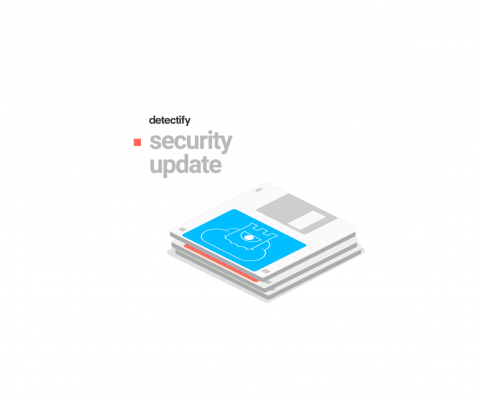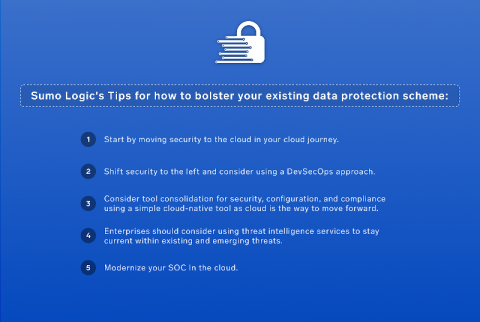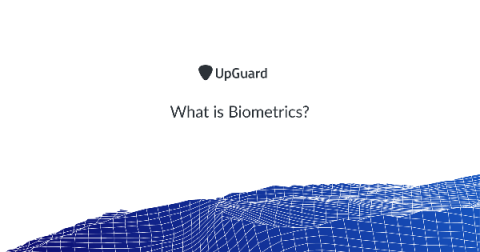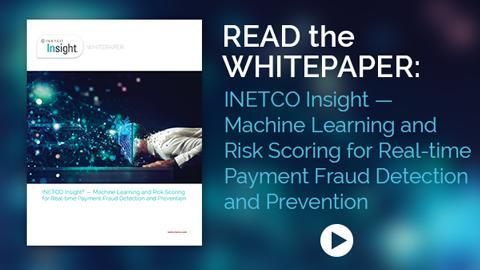Security | Threat Detection | Cyberattacks | DevSecOps | Compliance
%term
SOAR for Incident Alert Management
In cyberwarfare, cybersecurity threats and attacks are constantly expanding and evolving. Due to the sophistication and modern approaches used by malicious actors, security professionals in Security Operation Centers (SOCs) are unable to deal with critical threats as effectively and quickly as possible.
What To Know About User Behavior Analysis
Data breach: how to prevent it
We are living in the era of the digital economy where companies are collecting and storing lots of valuable customer data on a daily basis. As it has turned out, data is an important input in the competitiveness, growth, and revenue generation for any company across industries. But every valuable resource has its vulnerabilities, and data is not left out in this unfortunate fact. A notable vulnerability of sensitive data that has left many IT departments scratching their heads is data breaching.
New security test: CVE-2019-11043 PHP-FPM & NGINX RCE
tl;dr – CVE-2019-11043 PHP-FPM & NGINX RCE was publicly disclosed and a Proof-of-Concept exploit code was made available on GitHub. We received the report from our Crowdsource community, and now the CVE-2019-11043 Nginx/PHP-FPM RCE vulnerability is detected by Detectify. Nginx is a common web server used to run web applications. PHP-FPM (FastCGI Process Manager) is a processor for PHP scripts that is efficient at handling heavy website traffic and is commonly used by websites that have e.g.
Protecting your GCP infrastructure at scale with Forseti Config Validator part three: Writing your own policy
No two Google Cloud environments are the same, and how you protect them isn’t either. In previous posts, we showed you how to use the Config Validator scanner in Forseti to look for violations in your GCP infrastructure by writing policy constraints and scanning for labels. These constraints are a good way for you to translate your security policies into code and can be configured to meet your granular requirements.
Data Privacy Is Our Birthright - national cybersecurity month
What is Biometrics?
Biometrics is the technical term for body measurements and calculations, and human characteristics. Biometric authentication if a form of identification and access control. As biometric identifiers are unique to individuals, they are seen as more reliable for verifying one's identity than traditional token-based identification systems such as a passport, as well as knowledge-based identification systems such as a password.
DNS Rebinding: A Frightening Attack Vector with Spooky Security Impacts
One of the greatest misconceptions about online safety is that home networks are somehow private. Unfortunately, this hasn’t been true since around the turn of the century when we started filling our home networks with Internet-connected boxes serving local web pages. The problem is that web browsers typically make little distinction between web sites on the public internet versus those on a home or office network.
Top 3 Fraud Detection and Machine Learning Tips to Identify High-Risk Customer Banking
There are scary villains out there, and they don’t just come out on Halloween. Forget about tricks, and treat yourself to something worth reading…but be warned…this blog is not for the faint of heart… The authentication or the decline of a payment transaction is often the defining factor of end customer experience.











